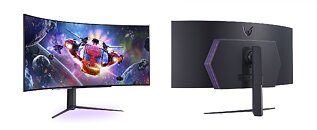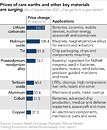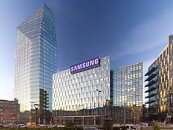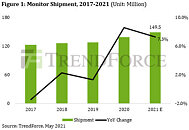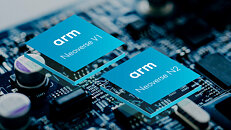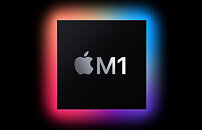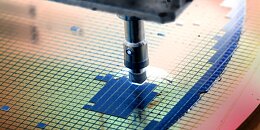Total Revenue of Global Top 10 IC Design Houses for 3Q22 Showed QoQ Drop of 5.3%; Broadcom Overtaking NVIDIA and AMD
Global market intelligence firm TrendForce reports that the revenue generation momentum of the global IC design industry slowed down in 3Q22. The main factors behind this development were the Russia-Ukraine military conflict, the recent COVID-19 lockdowns in China, the ongoing inflation, and clients undergoing inventory corrections. The total revenue of the global top 10 IC design houses came to US$37.38 billion for 3Q22, showing a QoQ decline of 5.3%. Qualcomm remained first place in the ranking of the global top 10 IC design houses by revenue for 3Q22. Broadcom returned to second place by overtaking NVIDIA and AMD, who slipped to third and fourth respectively due to weakening demand for PCs and cryptocurrency mining machines.
Regarding US-based IC design houses that were in the top 10 group for 3Q22, Qualcomm recorded a QoQ increase for the sales of smartphone SoCs and 5G modem chips. It also made gains in the automotive electronics market by expanding its collaborations with partners in the automotive industry. As a result, Qualcomm's 3Q22 revenue figures for mobile and automotive offerings reflected QoQ increases of 6.8% and 22.0% respectively. The revenue growth of these two major product categories offset the marginal decline in the revenue for RF front-end chips. Qualcomm's IC design revenue as a whole climbed up by 5.6% QoQ to US$9.90 billion for 3Q22. The company sat firmly at the top of the ranking.
Regarding US-based IC design houses that were in the top 10 group for 3Q22, Qualcomm recorded a QoQ increase for the sales of smartphone SoCs and 5G modem chips. It also made gains in the automotive electronics market by expanding its collaborations with partners in the automotive industry. As a result, Qualcomm's 3Q22 revenue figures for mobile and automotive offerings reflected QoQ increases of 6.8% and 22.0% respectively. The revenue growth of these two major product categories offset the marginal decline in the revenue for RF front-end chips. Qualcomm's IC design revenue as a whole climbed up by 5.6% QoQ to US$9.90 billion for 3Q22. The company sat firmly at the top of the ranking.




